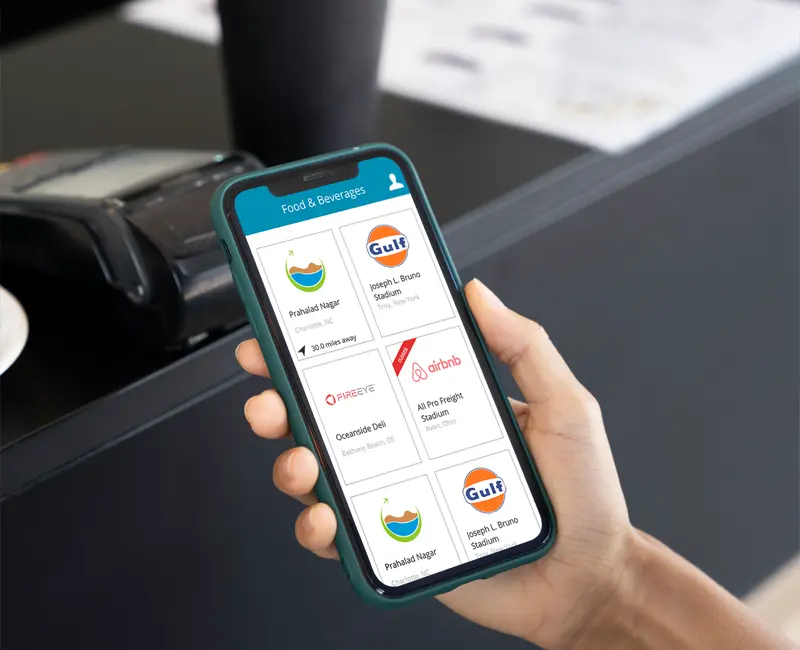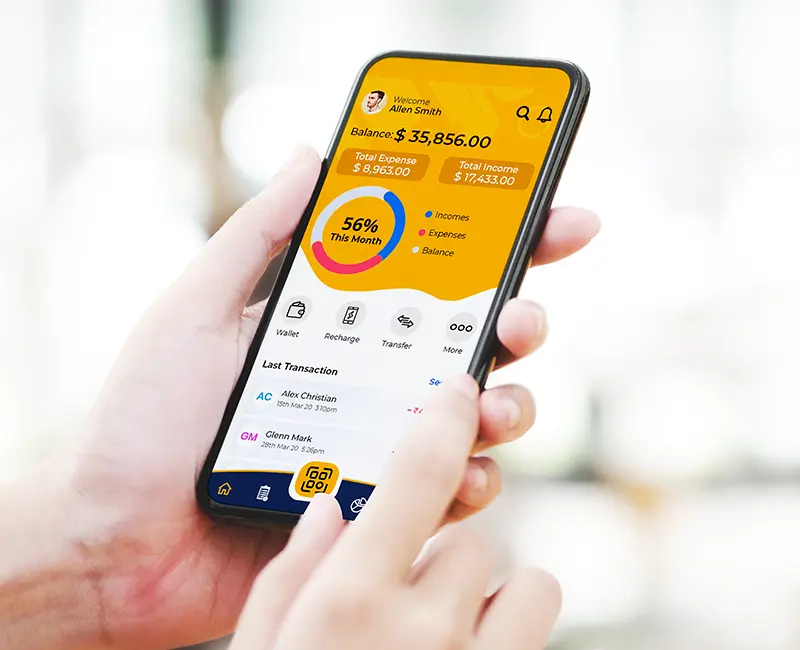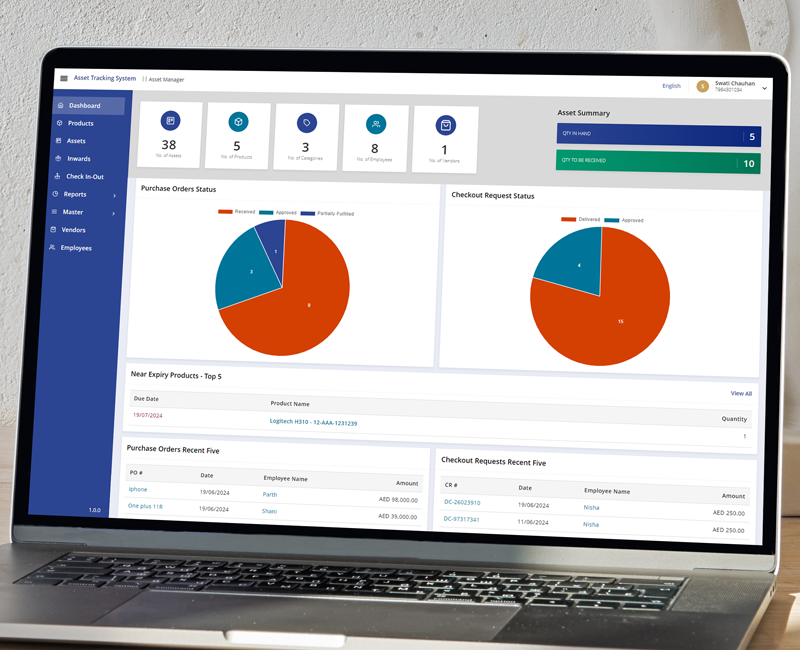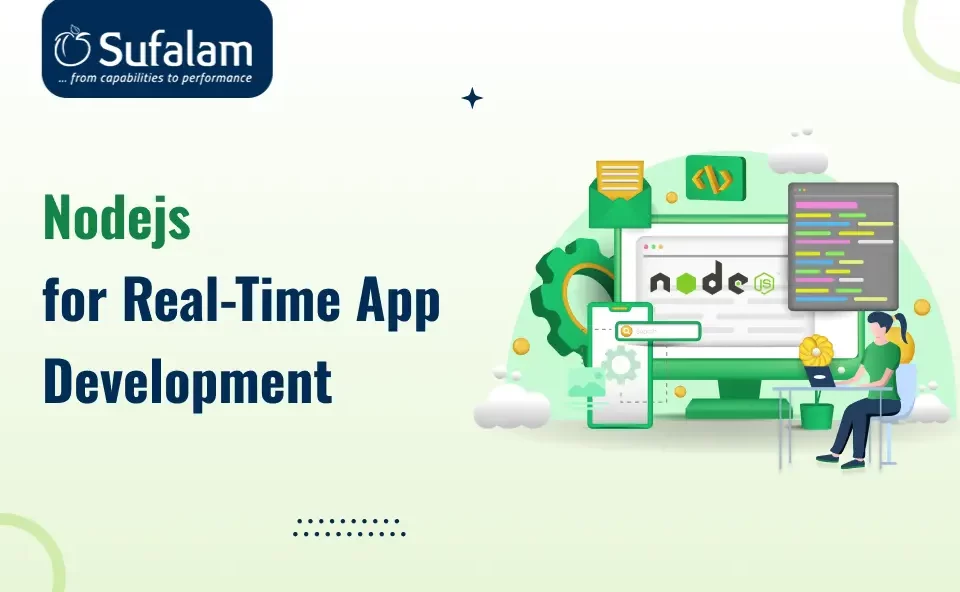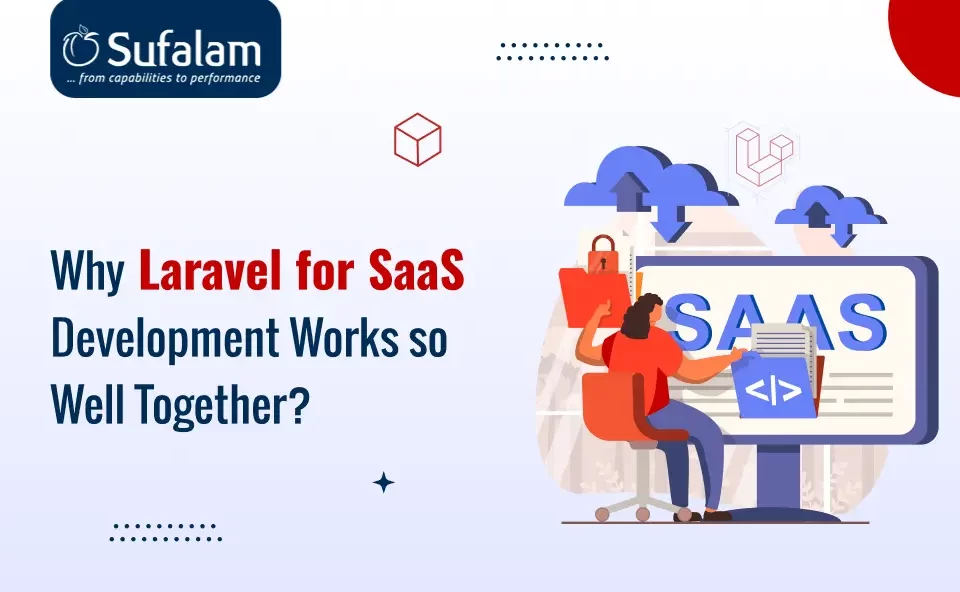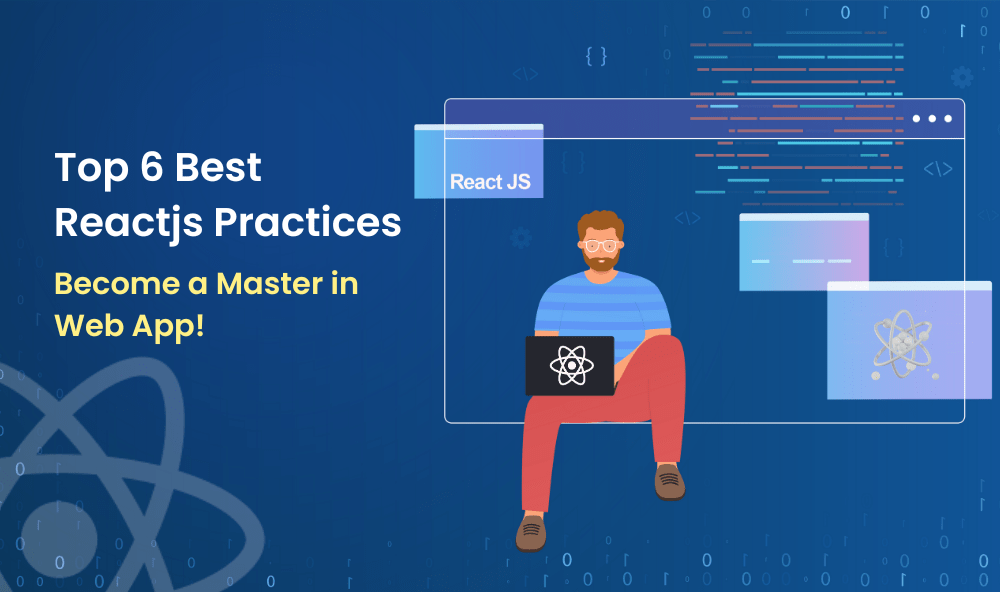
Laravel developers utilize Laravel Eloquent on a daily basis and may encounter various challenges when designing and configuring their project’s connection structure.
One of the most prominent components of the Laravel framework is Laravel Eloquent. Laravel Eloquent core is made up of models and the interactions between them. It offers excellent support for defining, constructing, and managing relationships between various tables of data.
If they offer you trouble or you can’t locate a simple, friendly, and comprehensive tutorial, we’re here to help!
How do you know which sort of relationship to choose and when to choose it, given that there are numerous forms of database relationships, including polymorphic relationships in Laravel eloquent?
You might have gone through various laravel eloquent tutorials and guides but didn’t find a way.
Don’t worry! We have come up with this comprehensive laravel eloquent relations tutorial to help you understand Laravel Eloquent & its relations. Let’s get started.
Explaining the Laravel Eloquent Relationship!
Laravel is a popular PHP web framework that comes with a powerful object-relational mapping (ORM) tool popularly known as Eloquent. Eloquent is usually used to collaborate with databases in Laravel and offers an easy and intuitive process to define relationships among database tables.
Relationships in Eloquent are described as actions on your model classes in Eloquent. Because relationships, like Eloquent models, are powerful query constructors, describing relationships as functions offer influential method chaining and searching abilities.
In Laravel Eloquent, a relationship defines how two database tables are related to each other. It allows you to retrieve related data from another table without the need for complex SQL queries.
Relationships can be defined using methods on a model that represent the type of relationship between two tables. This allows you to easily access related data using simple and intuitive syntax.
Determining the types of Laravel Eloquent relations?
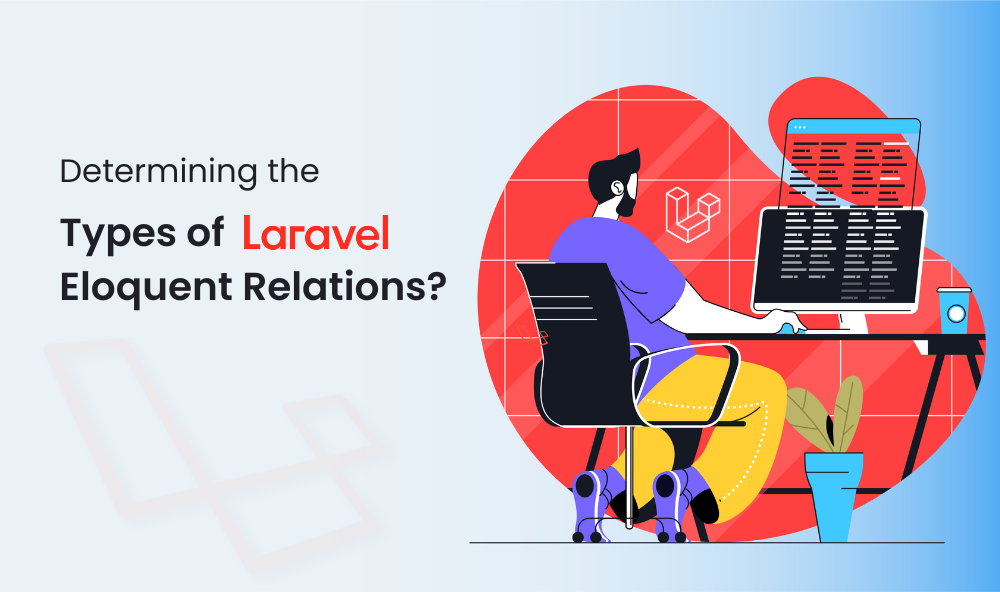
-
Normal relationships
-
One-To-One Relationship
A one-to-one relationship is the most basic of all when you hire Laravel developers, so let’s start from here. An individual record from one database table is linked to an individual record from another database table in this type of relationship. The Eloquent model’s hasOne method is used to define this relationship. This essentially means that two records are connected to one another but not to several other records.
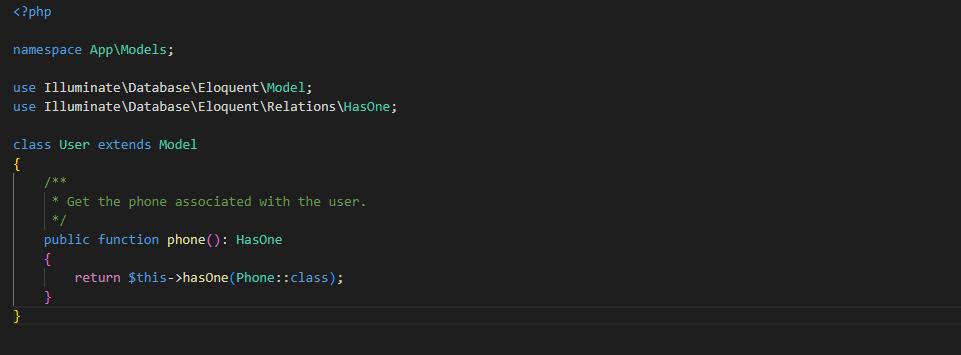

-
One-To-Many Relationship
A “one-to-many” relationship is used to describe instances in which a single entity in our database is connected to numerous entities of the same type.


Let’s simplify it: In a one-to-many relationship, a single entry from one database table is linked to numerous records from a different database table. The Eloquent model’s hasMany methods and is used for establishing this relationship.
-
HasOneThrough Relationship
Relationships between two entities that are connected through a third entity but do not directly link to one another are referred to as HasOneThrough relationships. By using a different table as the link between the two linked items, it enables you to establish a one-to-one relationship. When you’re trying to access a single linked record via intermediary relationships, this is helpful.

-
HasManyThrough Relationship
This relationship is extremely similar to the previously mentioned “has-one-through” relationship. However, this method is employed when we desire to obtain many different values. They are utilized for defining relationships between two things that are each associated with a third entity.


The “has-many-through” relationship offers a practical shortcut for getting to distant relations through a middle relationship.
-
Many-To-Many Relationship
In addition to being a little more sophisticated than One to One and One to-Many connections, Many to Many partnerships are also a little more involved than HasOne and HasMany relationships.


A many-to-many relationship in Laravel Eloquent is a kind of connection between two database tables wherein every entry in one table can be connected to several entries in the other table and the other way around.
Polymorphic Relationships
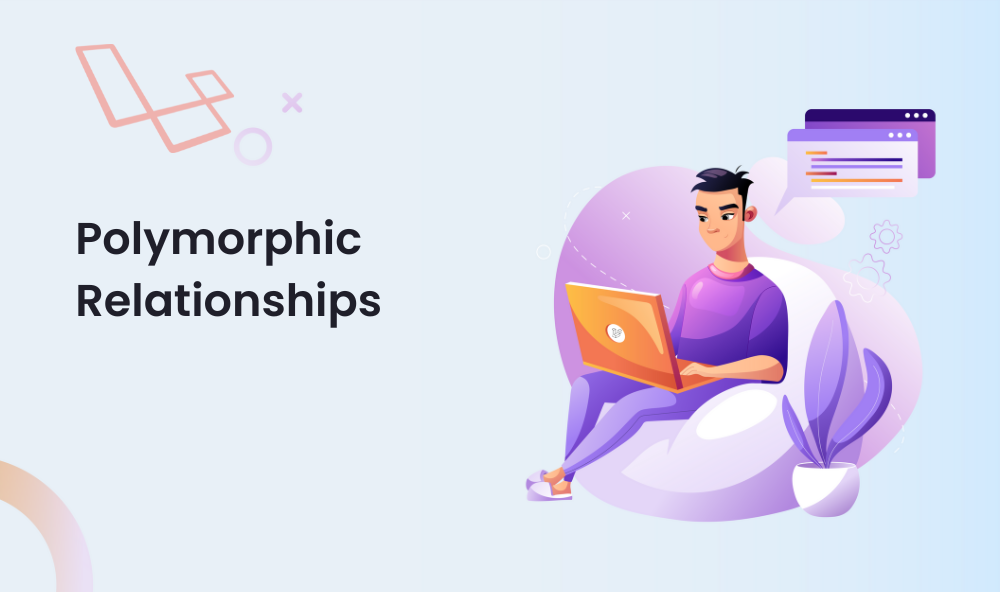
-
One To One (Polymorphic)
One to one Polymorphic relationship are used to create connections where the relationship’s owner may be more than one type of entity. They are quite similar to conventional One to One relationships.



When you have numerous models that can interact with one another, but only one of them can do so at once, this kind of relationship is helpful.
-
One To Many (Polymorphic)
A single entity in one table may be linked to several entities in another table in a one-to-many polymorphic relationship. This indicates that any of the associated tables could be represented by the “many” side of the relationship.



When a connection is built in this way, it is simple for laravel developers to obtain related entities from any number of tables using Eloquent relationship methods.
-
Many To Many (Polymorphic)
A many-to-many polymorphic relationship is a kind of connection between numerous entities in one table and multiple entities in another table, where the connected entities may be of various types.
This relationship is referred to as “polymorphic” since each connected entity may belong to various database models.


A many-to-many polymorphic relationship offers greater freedom in how the related entities are organized and linked than a standard many-to-many relationship, in which the connected objects are of the same type and only belong to two tables.
-
Dynamic Relationships
Laravel Eloquent even includes a Dynamic relationship, which is rarely utilized in Laravel development but comes in handy when creating a Laravel package.
Instead of hardcoding associations between models in the definition of the model class, Laravel eloquent allows you to establish them dynamically.
A relationship between Eloquent models can be created at runtime by using the resolveRelationUsing function.

Dynamic relationships allow you to establish connections between models based on information or reasoning that is only accessible during runtime. This can be helpful for Laravel developers, where the relationships between the models are dynamic and may not be understood until the program is running.
Conclusion
Here we are summing up everything about Laravel Eloquent relations tutorial and its different types. The details are technical, but we have tried to explain it in an easy-to-understand manner for the readers.
When creating scalable applications, Laravel Eloquent relations are crucial. It enables us to alter our data more effectively and predictably, as well as to build linkages and real-world data structures.
If you are looking forward to knowing more about it and leveraging it for your business requirements, reach out to our team of professionals at Sufalam Technologies – The leading Laravel development company.
We will understand your requirements and offer customized Laravel development services accordingly.




